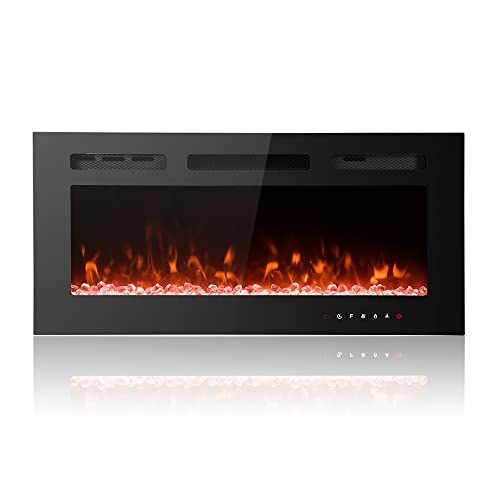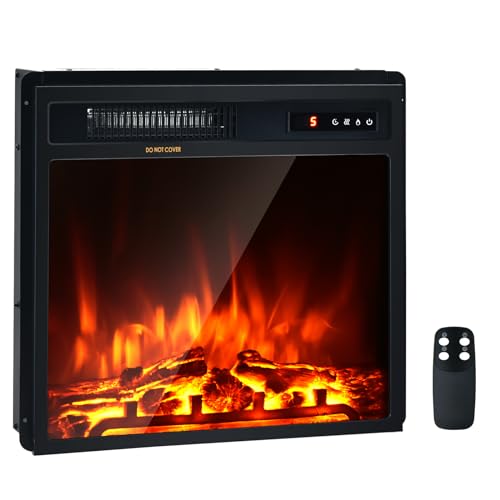20 Resources That Will Make You More Efficient With Small Woodburners
페이지 정보

본문
 Installing Small Woodburners Safely
Installing Small Woodburners SafelyIf you reside in small wood burner homes or cabins, a woodburner in a small space can bring warmth to your living space. But, there are some guidelines you must adhere to for ensuring that your stove is installed safely.
 These guidelines include ensuring certain distances between your stove and combustible items. To assist you, we've prepared this guide.
These guidelines include ensuring certain distances between your stove and combustible items. To assist you, we've prepared this guide.Room Size
Woodburners can be found in a variety of outputs. It's important to take into consideration the size of your space when choosing the right stove. Many people make the mistake of purchasing a woodburner that is too big for their house. This can negatively impact the efficiency and performance of the stove. This is why it's crucial to visit a showroom to find out what the ideal size of a woodburner would be for your household and also to use an appliance sizing calculator to figure out the amount of heat your stove can generate.
A good rule of thumb is to take the length and width of the room in meters and multiply these together. Divide the result by 14 and you'll have an approximate estimation of the amount of heat needed. This is an approximate guide. Other elements, such as the amount of insulation in a property, the number of external walls, or the size of windows in a space, could affect the actual output needed.
It is also important to note that any stove with an output of more than 5kW needs adequate ventilation and ventillation equipment or an air brick is required. This is to ensure that combustion of the cheap wood burner is done efficiently and the stove doesn't become too hot, which could reduce its efficiency and cause excessive soot to build up on the glass of the stove and inside the chimney.
It is also important to know that the small woodburner will need to be placed at a certain distance from both combustible and non-combustible surfaces of a predetermined value. These values will be detailed in the manual of the manufacturer, so be sure to use this when installing your stove and adhere to these guidelines. Make sure your stove is free of combustibles as well as non-combustibles, to avoid fire safety issues and ensure safe operation of your wood burner.
Flue System
The flue system is the channel through which the exhaust gases generated by your woodburning stove pass through to be emitted out. This ensures clean indoor air quality by preventing the accumulation of harmful odours and pollutants. The flue also prevents the transfer of heat to combustible materials within your home, reducing the possibility of fire or smoke damage.
It's important to maintain your flue which is an integral component of any fireplace or stove. You can clean it regularly by cleaning the flue, and ensuring it is properly ventilated. You may have to hire an expert to inspect and clean your chimney if it's clogged. Creosote can accumulate in the flue due to the flammable substances of burning second hand wood burner. If it builds to an excessive level, it can cause chimney fires to as well as other issues.
There are several different types of flues that you can choose from for your fireplace or woodburning stove such as masonry chimneys and double-wall flue systems. Double-wall flues are constructed of stainless steel chimney liners. Masonry chimneys are, however, are usually built with bricks and mortar. Masonry chimneys work with a wide range of fireplaces, but they must be checked by an engineer who is registered with Gas Safe with a flue-gas analyzer to verify that the chimney's lining is operating correctly.
You can use a flexible liner if you have an old masonry chimney that is in need of being relined. This will give you a smooth surface from the fireplace all the way to the outlet. Liner options are available in a variety of dimensions and can be put in either externally or internally depending on the layout of your fireplace. These liners can also be lined with insulation, which helps keep the flue gases warmer and improves performance.
Twin wall flue systems are a common choice for homes with no traditional chimneys. Easy to install, they feature a double-skinned Stainless Steel that is smooth inside and has a corrugated outside. This is ideal for high temperatures. They can be installed with masonry or double-wall chimneys. However, they are only allowed to be installed in homes that have strict building codes.
Distances from combustible Surfaces
When selecting a woodburner the amount of space around your stove will be an important factor. It is not necessary to put your woodburner in close proximity to combustibles as they can become extremely hot and cause a fire.
The instruction manuals of the majority of woodburners will contain guidelines on the distance you must keep the stove clear of combustible materials. These guidelines are usually expressed in terms of distances between the front, back and sides. These guidelines may differ based on the type and heat output of the wood stove.
To avoid any dangers from arising We strongly recommend that you always follow the specific guidelines provided by the manufacturer for your woodburner. Regular inspections and maintenance carried out by a professional is also important to ensure your woodburner remains in good working order.
During these inspections your woodburner technician will check for any potential safety or health issues and ensure you're following the right guidelines to protect your home and family. Install carbon monoxide alarms near your woodburner, and make sure they are in good condition.
To minimize the chance that combustibles reach their ignition point, certain woodburners require a very large distance between them and combustibles. This is typically specified by the manufacturer in the instruction manual, which can be downloaded from their website.
As an alternative to maintaining the space, you could utilize a wall shield to reduce the minimum clearances for your stove. These have been tested and approved by the manufacturer to reduce the clearances without risk.
A wall shield is a thin steel frame that protects the flue system at the back of the stove. It serves as a barrier that prevents the walls from heating up and sparking any combustible materials behind them. This is a great option particularly for newly constructed homes, Woodburning stoves where the construction is often composed of sheetrock (gypsum) or brick veneers that don't provide much protection from the high temperatures generated by a woodburner.
Shielding Combustible Surfaces
Woodburning stoves generate a great deal of heat, which means that there is a risk of damage to walls surrounding the stove as well as in the surrounding. The best way to avoid this is to put up an exterior wall shield that will cut down on the heat produced by the stove, and also help to shield the wall. These wall protections come in a variety of forms, from simple bare heat shields, to more elaborate built-in models. The best wall protections combine brick and metal to block heat from the stove transferring to the walls and reflecting it away.
The type of wood burning stoves ideas that is used to heat the stove is also an important aspect to consider. Certain types of wood are known to produce creosote, which can block the fireplace and increase danger of fire. To prevent this from happening, it is recommended to make use of seasoned wood to burn in the stove. This will ensure that the fire burns at a high enough temperature to burn off any moisture remaining, thus which will reduce the formation of creosote deposits.
Ash, Elm and Beech are examples of hardwoods that have been seasoned. Pine is not a good choice as it produces lots of smoke and can cause creosote-like deposits to the flue system. Larch is a different kind of wood burning fireplace that is not recommended for use, because it is susceptible to Phytophthora Ramorum disease and may cause health problems when removed out of its natural habitat.
There is a woodburner that will fit every budget and space. It is important to choose the best woodburner to maximize energy efficiency and comfort. You can cut down on fuel costs by staying clear of larger and more costly stoves.
- 이전글تنزيل برنامج شات جي بي تي Chat Gpt بالعربي الرسمي للاندرويد والكمبيوتر 2025 25.02.11
- 다음글What's The Job Market For Cot Bed With Drawer And Mattress Professionals? 25.02.11
댓글목록
등록된 댓글이 없습니다.
